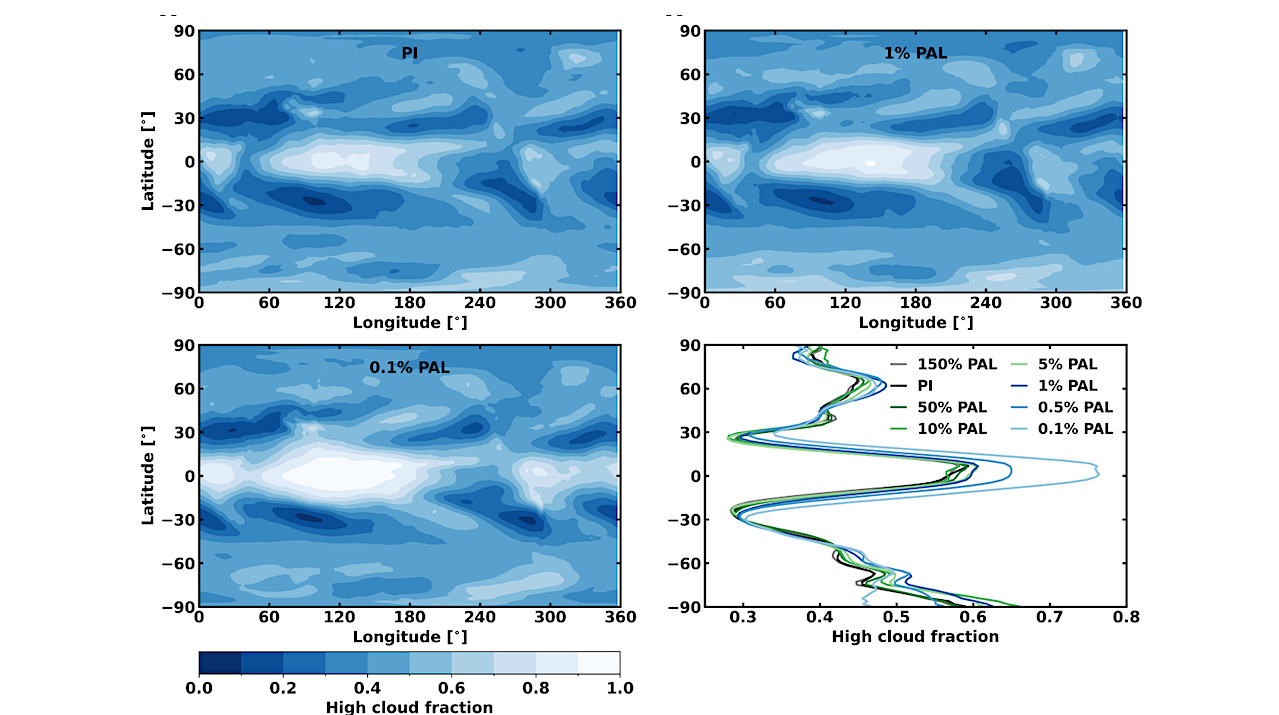Category: 7. Science
-
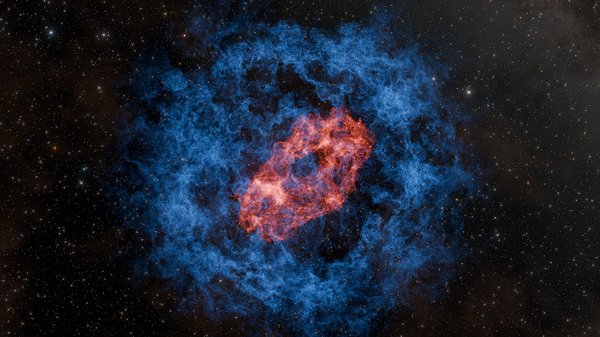
Possible “Superkilonova” Exploded Not Once But Twice
Evidence for the possible rarity first came on August 18, 2025, when the twin detectors of LIGO in Louisiana and Washington, as well as Virgo in Italy, picked up a new gravitational-wave signal. Within minutes, the team that operates the…
Continue Reading
-
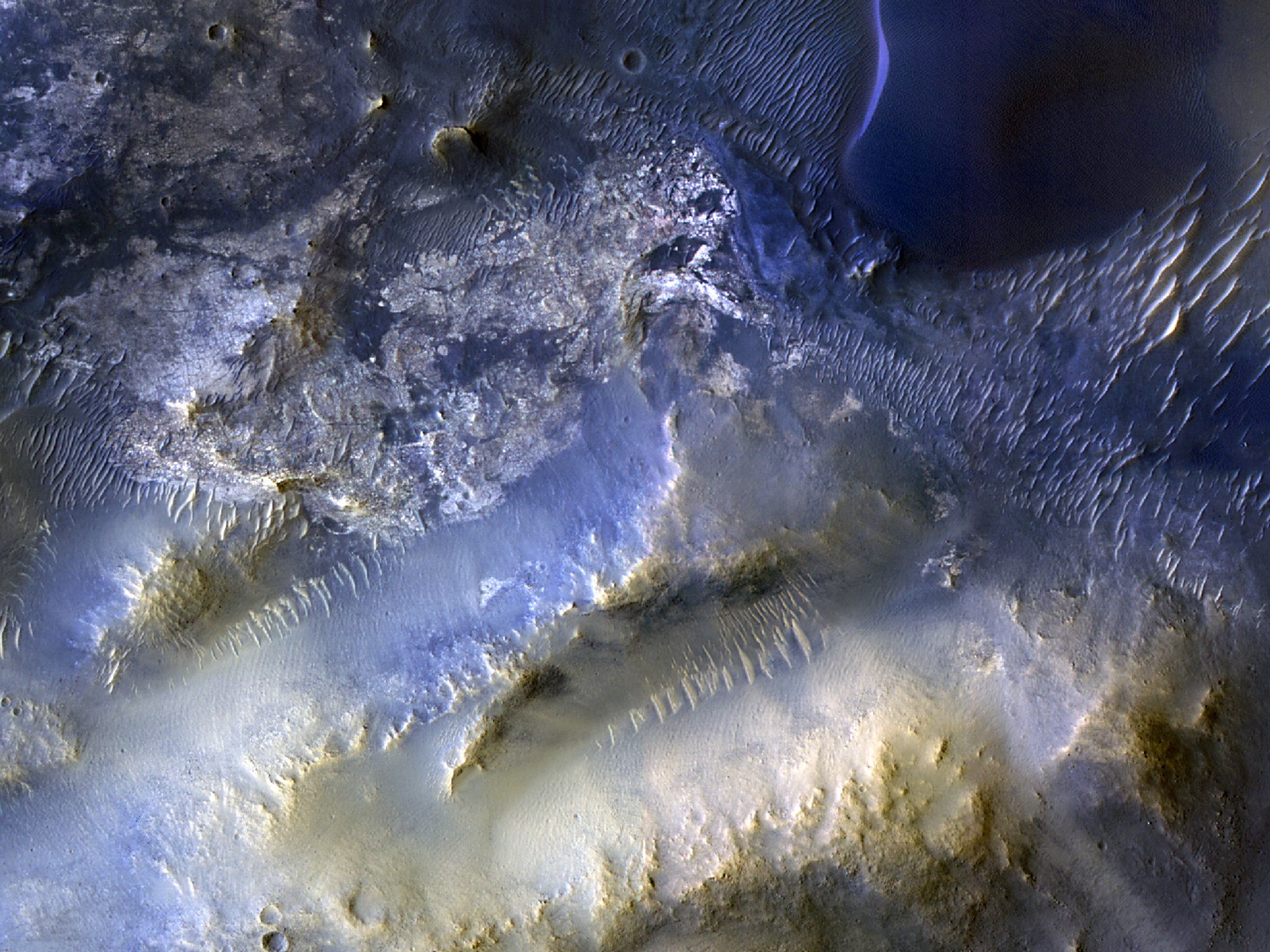
One of NASA’s Key Cameras Orbiting Mars Takes 100,000th Image
Mesas and dunes stand out in the view snapped by HiRISE, one of the imagers aboard the agency’s Mars Reconnaissance Orbiter.
After nearly 20 years at the Red Planet, NASA’s Mars Reconnaissance Orbiter (MRO) has snapped its 100,000th image of…
Continue Reading
-

Maintaining the Gold Standard: The Future of Landsat Calibration and Validation
By Amit Angal, Senior Engineer at Goddard Space Flight Center
The Landsat Calibration and Validation (Cal/Val) group helps uphold Landsat’s reputation as the gold standard of satellite imagery. They ensure that the Operational Land Imager…
Continue Reading
-
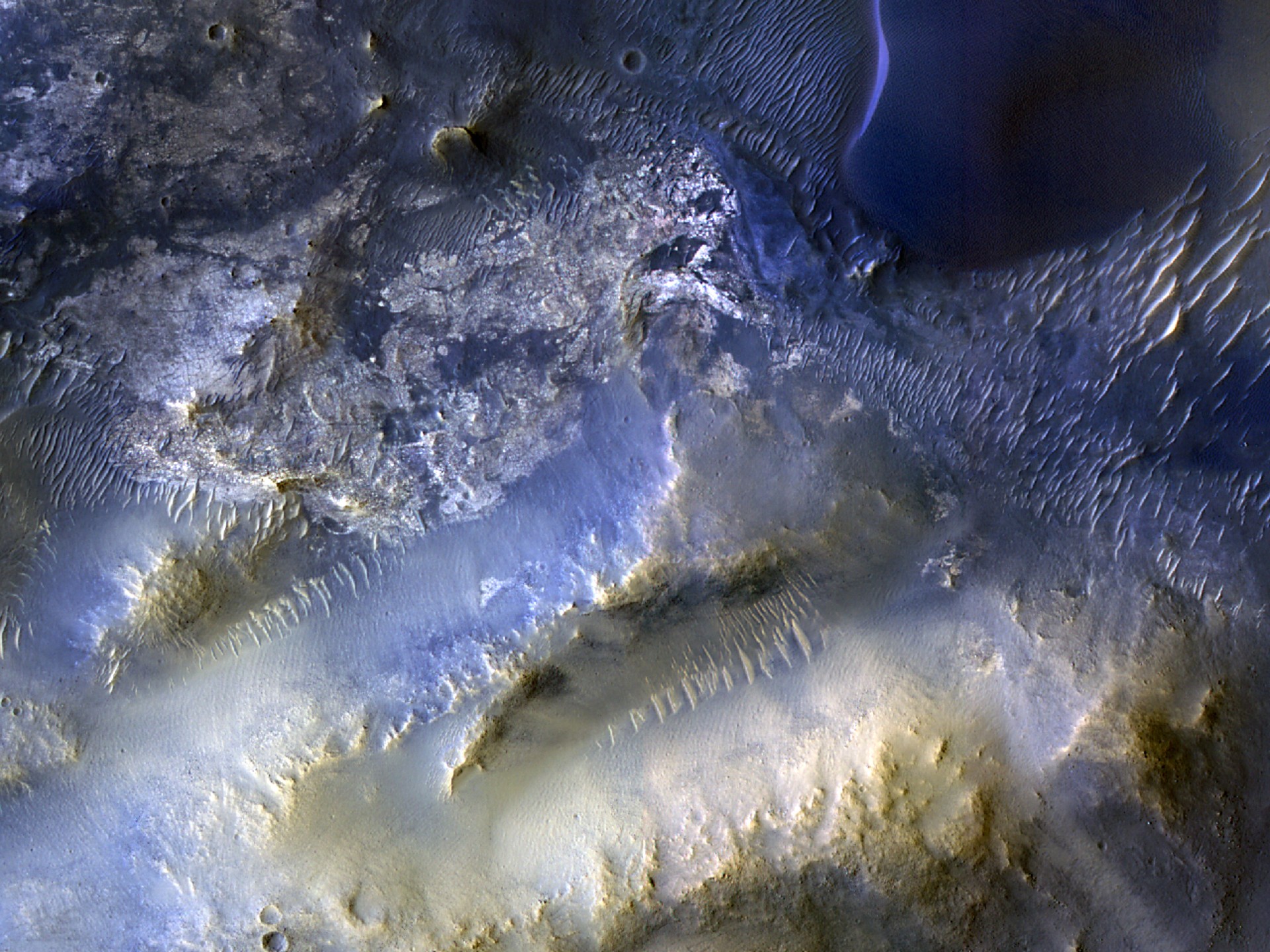
One of NASA’s Key Cameras Orbiting Mars Takes 100,000th Image
“Rapid data releases, as well as imaging targets suggested by the broader science community and public, have been a hallmark of HiRISE,” said the camera’s principal investigator, Shane Byrne of the University of Arizona in Tucson. “One…
Continue Reading
-
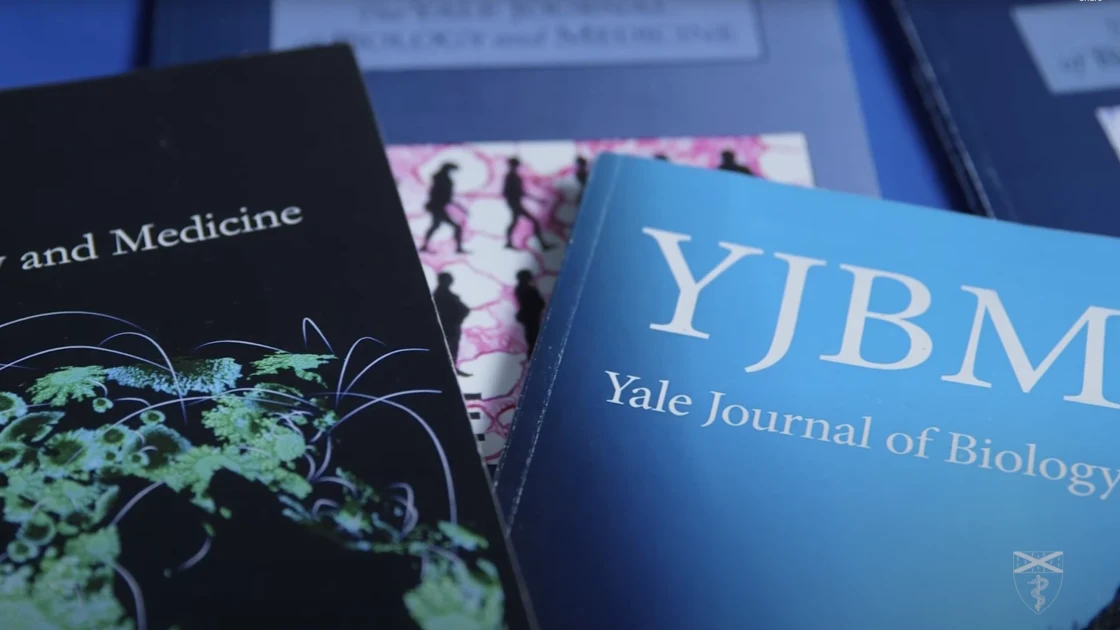
YJBM Call for Manuscripts: Mitochondria in Health and Disease Issue
Call for manuscripts—Mitochondria in Health and Disease Issue
Submission Deadline: June 1, 2026
Publication Date: September 2026
The Yale Journal of Biology and Medicine (YJBM) will be publishing an issue devoted to the topic of mitochondria…
Continue Reading
-

The Making of the Shredder
Last year, the Shredder made its debut as Hunt’s first ricocheting sawblade weapon, and along with it came plenty of chaos and destruction! The Shredder is one of the special Scarce Weapons we have brought back with Post Malone’s…
Continue Reading
-
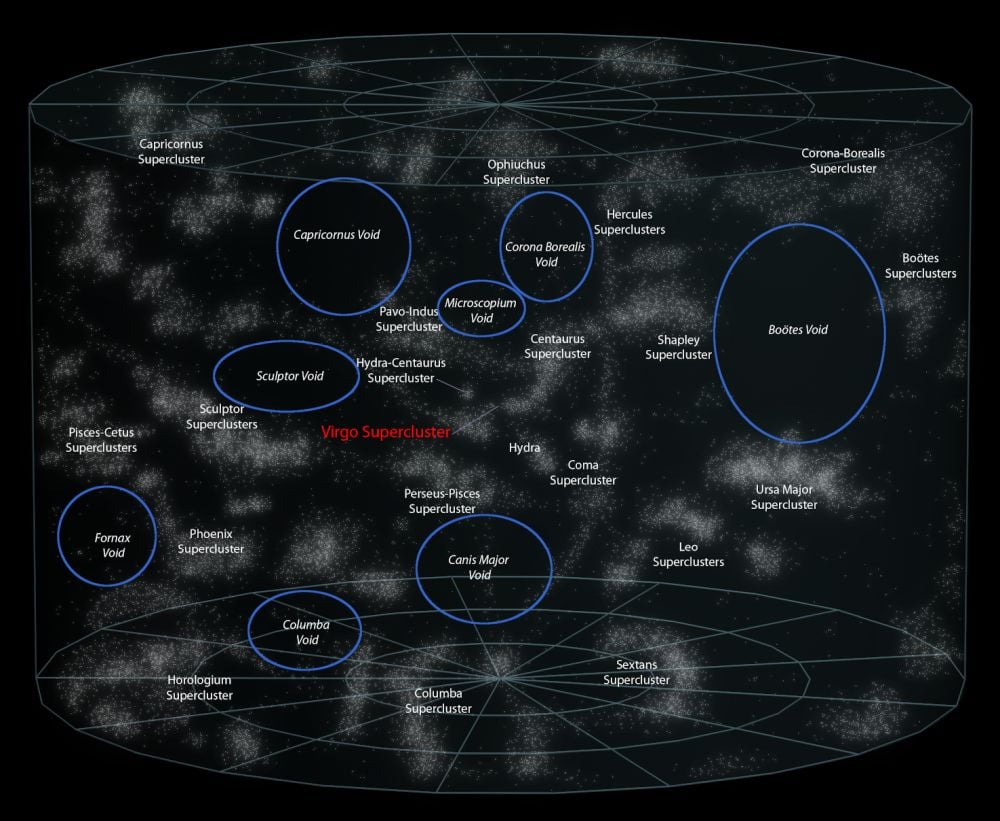
The Nancy Grace Roman Space Telescope Will Teach Us A Lot More About Cosmic Voids
The cosmos is populated with many puzzling, gigantic, and awe-inspiring objects. Supermassive black holes billions of times more massive than the Sun reside in the center of massive galaxies. Huge stars explode in cataclysmic collisions…
Continue Reading
-
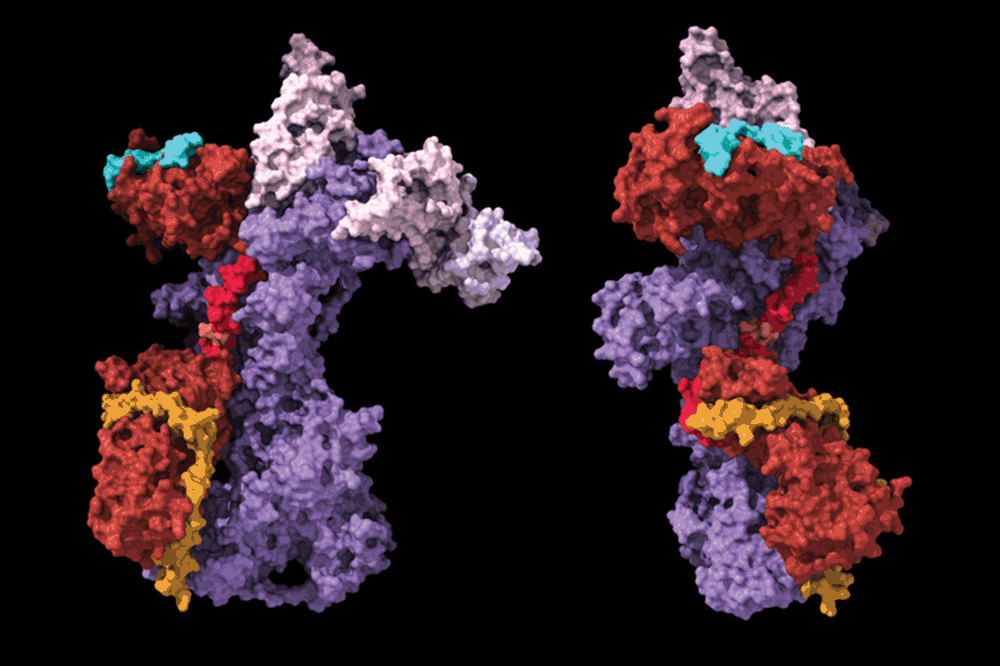
The Rockefeller University » What these scientists revealed about the structure of the T cell receptor could help resolve a decades-old debate over how T cells get activated
Ryan Notti (left) and Thomas Walz (right) discovered new characteristics of a T cell receptor that are essential to a variety of cutting-edge T cell immunotherapies.
Adoptive T cell therapies—in which T cells are re-engineered outside…
Continue Reading
